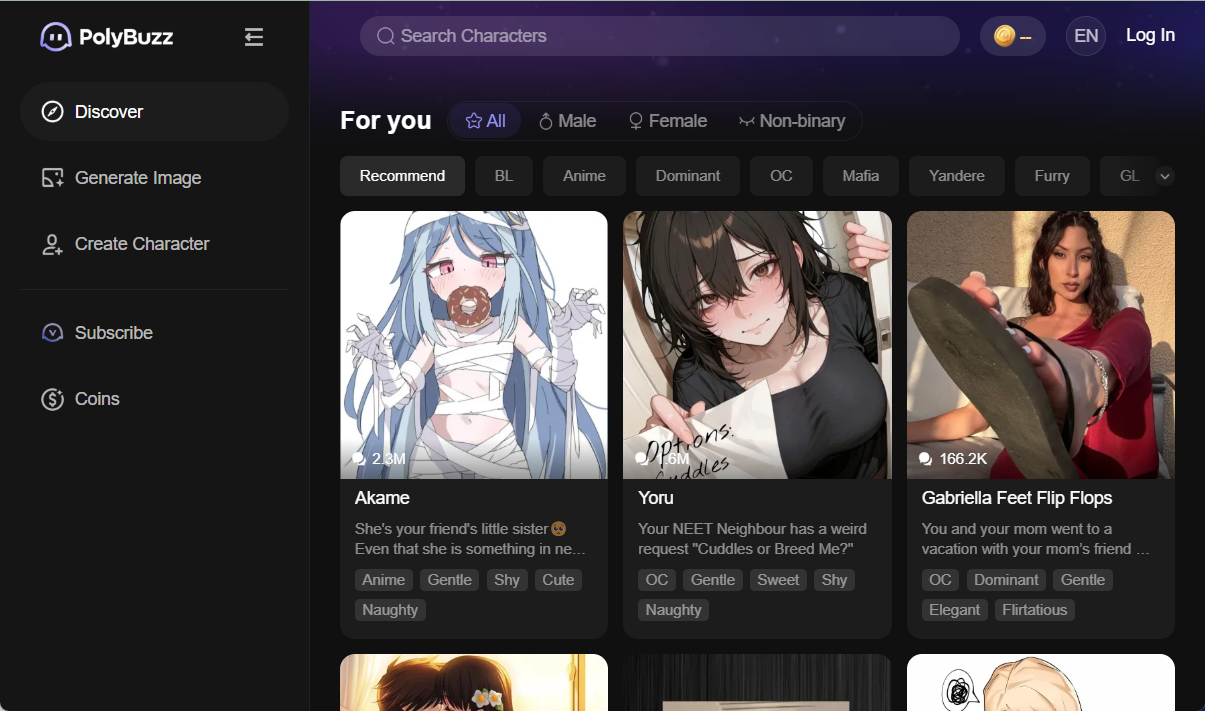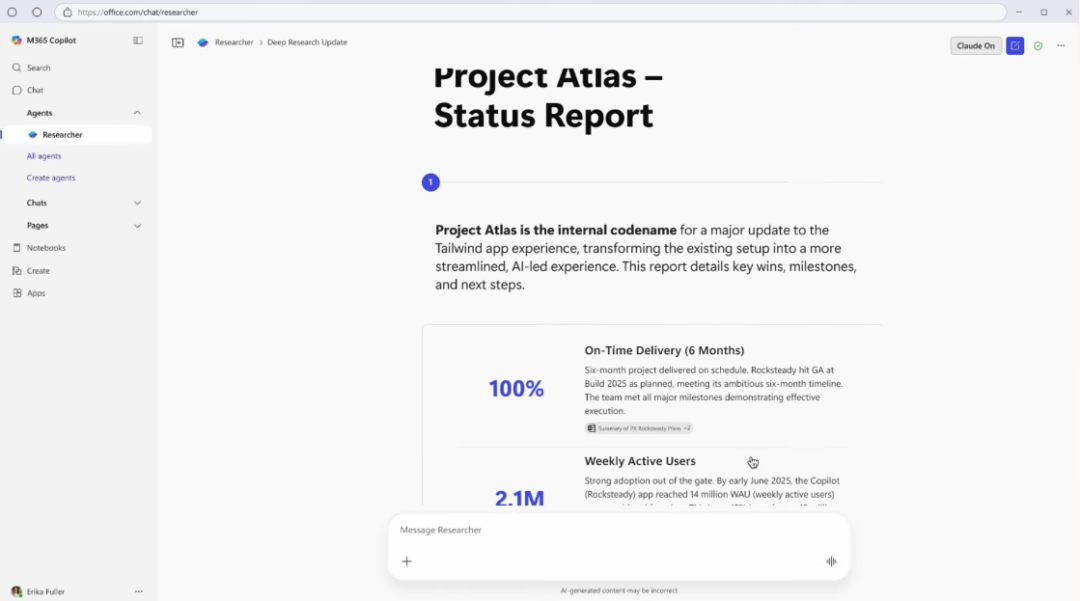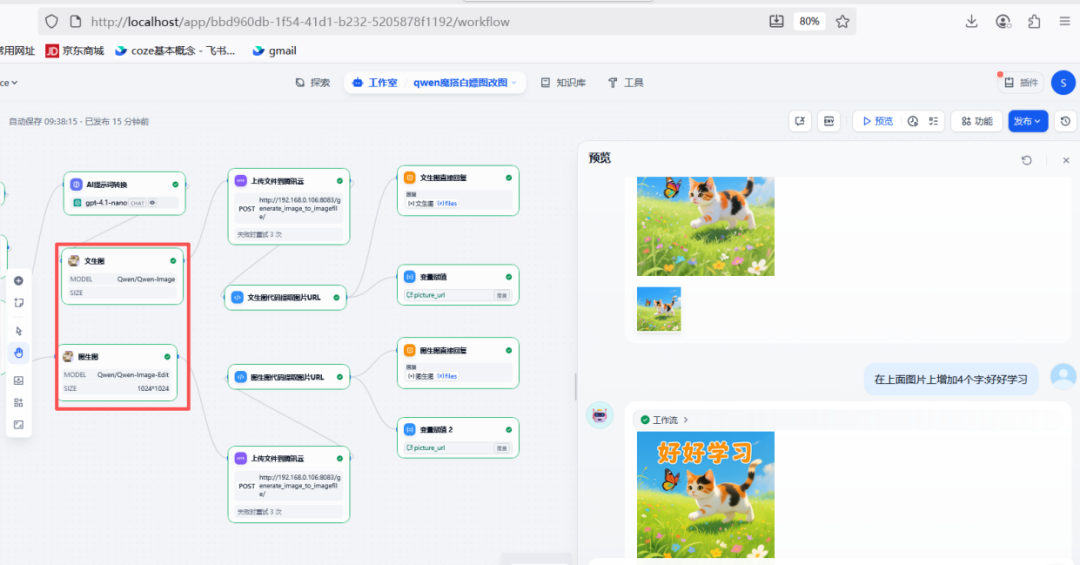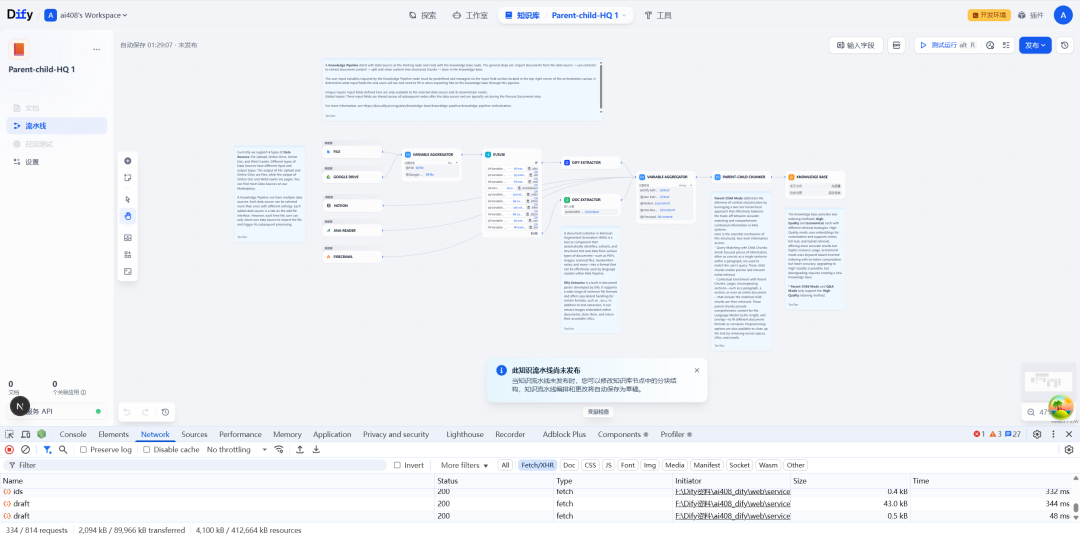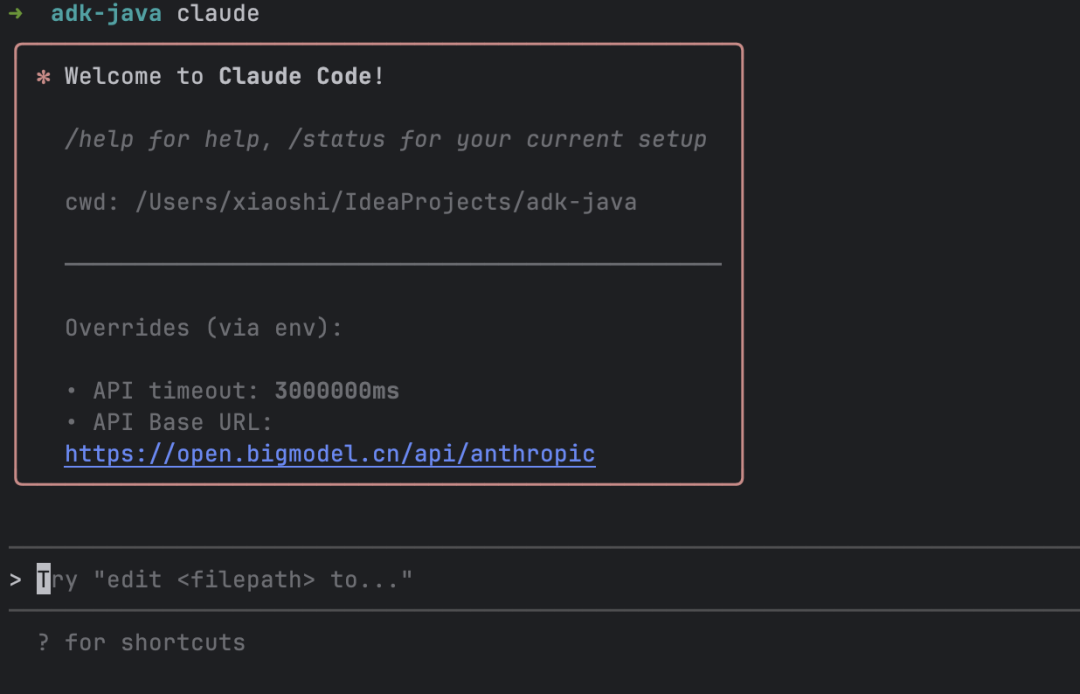prescription
The following three-step optimization scheme can be adopted to address the problem of loss of detail due to low-resolution inputs:
- preprocessing enhancement: Use a super-resolution tool (e.g. Real-ESRGAN) to enlarge the input image to more than 512×512, and it is recommended that the output resolution be kept within 1024×1024 to avoid overloading the video memory.
- Data Alignment Optimization: Adjust the key points of the face through the PanoHead Cropping Guide to ensure that the proportions of the features are in line with the model, paying special attention to the eye and lip areas that need to occupy the screen 30%-40%.
- two-stage generation: Generate a rough view in low resolution (256×256) mode first, and then enhance the details through Diff360_MODEL's refiner module, which reduces 30% video memory consumption.
Options
If the hardware is limited:
- Use the project-suppliedHugging Face test dataHigh-resolution samples are used as reference templates in
- Enabling ControlNet's
--low_res_modeParameters (manual modification of the reference.sh script is required) - Selection of output
.objformat instead of NeRF, which can be fixed by post-processing with Blender
This answer comes from the articleDiffPortrait360: Generate 360-degree head views from a single portraitThe







